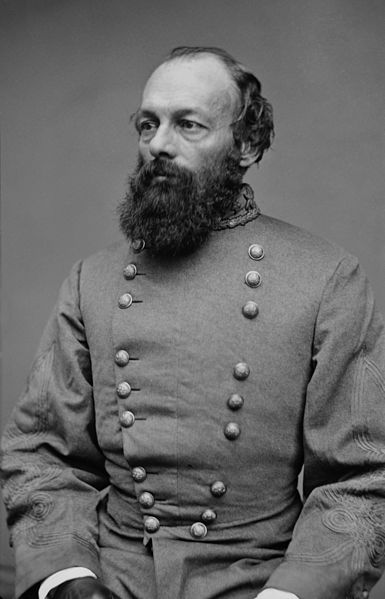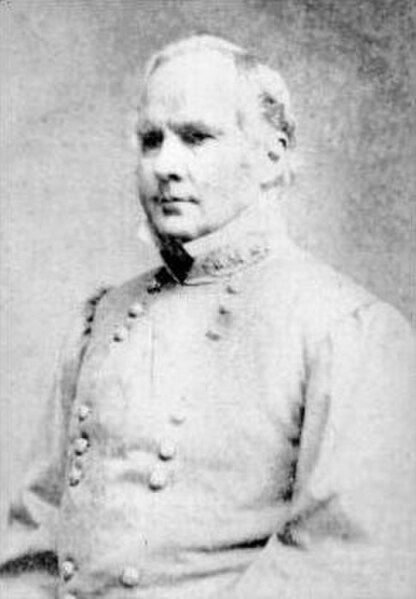The Camden Expedition was the final campaign conducted by the Union Army in Arkansas during the Civil War. The offensive was designed to cooperate with Major-General Nathaniel P. Banks' movement against Shreveport.
Maj. Gen. Frederick Steele, commander of the Department of Arkansas
Gen. E. Kirby Smith's strategy was to isolate Banks' and Steele's armies and annihilate each one separately.
Led by Maj. Gen. Sterling Price, the Confederates fought a strong defensive campaign and stopped the Union advance at Camden.
Elkin's Ferry
Nathaniel Prentice Banks was an American politician from Massachusetts and a Union general during the Civil War. A millworker by background, Banks became prominent in local debating societies. He entered politics as a young adult. Initially a member of the Democratic Party, Banks's abolitionist views drew him to the nascent Republican Party, through which he won election to the United States House of Representatives and as Governor of Massachusetts in the 1850s. At the start of the 34th Congress, he was elected Speaker of the House in an election that spanned a record 133 ballots taken over the course of two months.
Portrait by Brady-Handy studio, c. 1865–1880
Major General Nathaniel Prentiss Banks of General Staff U.S. Volunteers Infantry Regiment in uniform, with his wife, Mary Theodosia Palmer Banks. From the Liljenquist Family Collection of Civil War Photographs, Prints and Photographs Division, Library of Congress
Banks in 1852, portrait by Southworth and Hawes
John Albion Andrew (portrait by Darius Cobb) succeeded Banks as governor.








